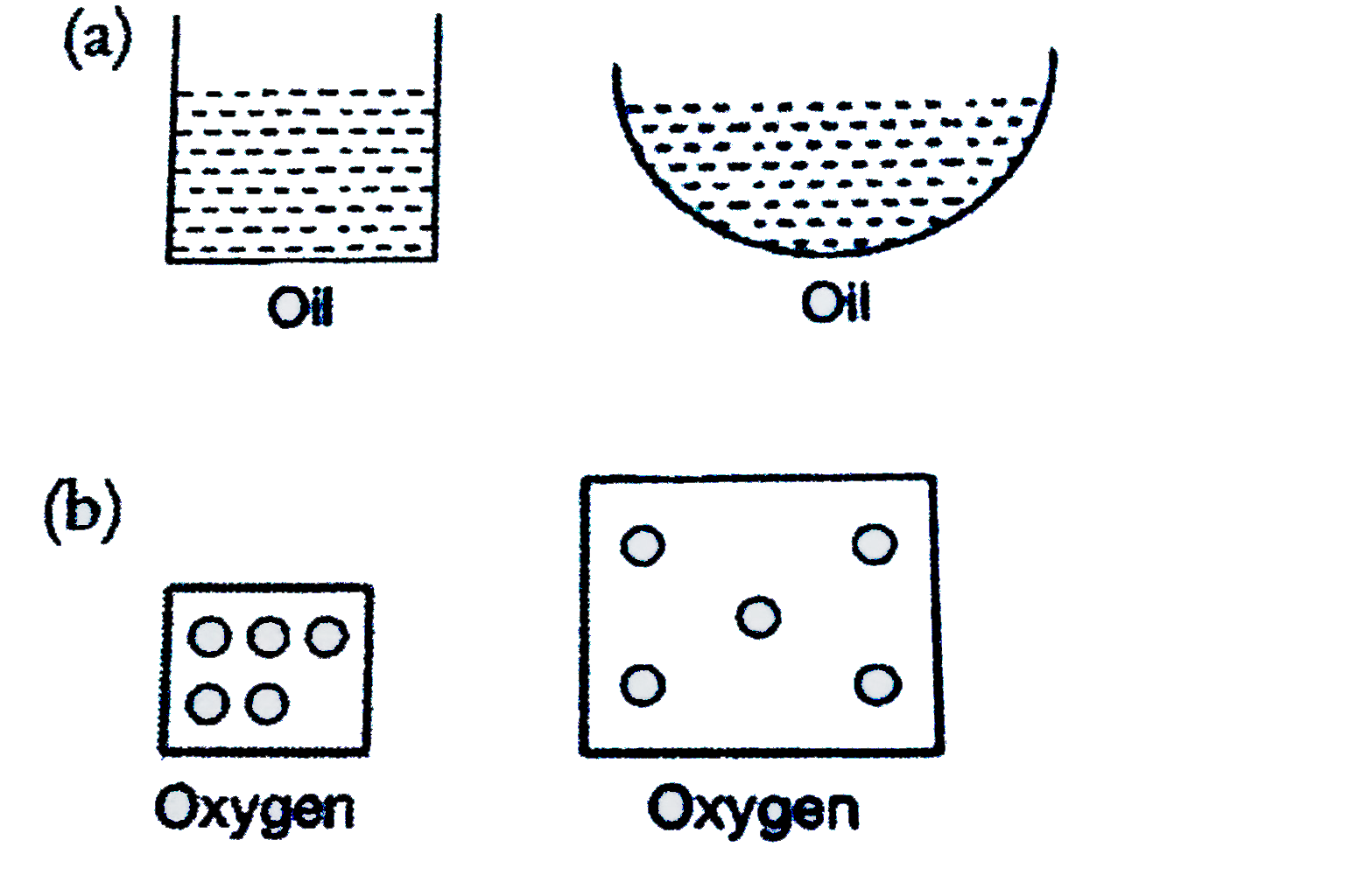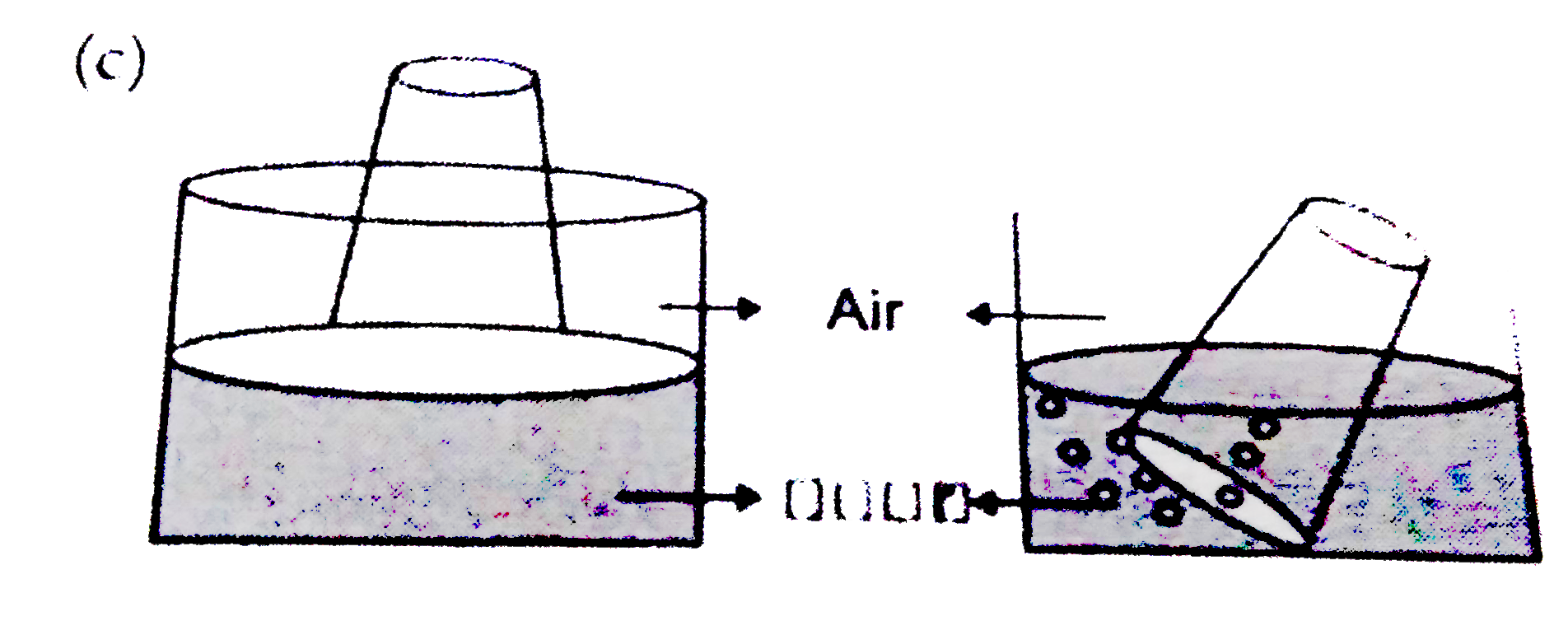Complete Solutions to Short ans. of chapter MYSTERY OF MATTER of Class 6 book with complete answers and questions
| Class 6 | PHYSICS |
| Chapter | MYSTERY OF MATTER |
| PEARSON IIT JEE FOUNDATION | Short ans. |
| Number Of Questions | 35 |
| Academic Year | 2023-24 |
Define matter.
View SolutionWhat is meant by boiling point?
View SolutionHow do you define interconversion of states of matter?
View SolutionGive example of substances which undergo sublimation.
View SolutionTwo liquids A and B when mixed together formed two layers. Liquid C when added to B also formed two layers. However, A and C when mixed formed a single layer and also with water. How do you account for this?
View SolutionName two opaque liquids.
View SolutionWhat is observed when glass and wood are placed in water in two containers? Give reason.
View SolutionMention the inter-conversions associated with the following phenomena.
(a) Wet clothes are hanged on a string.
(b) Appearance of dew drops on the leaves on winter morning.
(c) Foggy appearance on a mirror when exhaled air is blown over it.
(d) Occurrence of snow fall.
(e) Reduction in size of naphthalene balls when placed in a cupboard.
View SolutionWater plays an important role in the functioning of our body Give reason.
View SolutionHow are animals and plants able to survive in water?
View SolutionObserve the following figures and draw relevant conchusions regarding the properties of substances represented in the figures


View SolutionGive reasons for the following.
(a) Liquids can be taken in an open container while gas requires a closed container.
(b) Honey cannot be poured into another container as easily as water
(c) Gases flow more than liquids.
(d) As water is subjected to heating, its temperature increases and becomes constant at `100^(@)C` even though water is still there in the container and the supply of heat is continued.
(e) When a solid substance is subjected to heating, it dissappears without leaving any liquid.
View SolutionWhen you come out of an AC car, foggy apperance is noticed on the spectacles. Give reason.
View SolutionHot tea when poured into a saucer failates easy drinking. Justify.
View SolutionMatch the following.

View SolutionDefine the following.
(a) Elements (b) Compound (c) Homogenous mixture (d) Heterogeneous mixture (e) Metalloids (f) Noble gases.
View SolutionName the gaseous non-metallic elements and the solid non-metallic elements.
View SolutionDistinguish between metals and non-metals with respect to the following characteristics. (a) Melting and boiling points (b) conductivity (c) Malleability.
View SolutionName the metalloids.
View SolutionDistinguish between elements and compounds.
View SolutionIdentify the following.
(a) The gaseous compound of two non-metals required for photosynthesis.
(b) The compound of two non-metals which exists in all the three states under normal conditions.
(c) The metal which breaks into pieces on the application of force.
(d) The metal used in thermometers.
(e) The inert gas used in advertisement sign boards.
View SolutionX, Y and Z are three substance, On passage of electricity through X, two substances A and B are formed, Y is a liquid which on evaporation generates C as a residue and D was vaporized. Z could not be split up into any simpler substances further. A is found to be a good conductor of heat and electricity while B was found to be a gas. it is possible to split C and D into simpler substances chemically. what do you infer regarding the nature of these substances with respect to composition?
View SolutionSodium chloride is a compound is common salt a compound? Justify.
View SolutionIdentify whether the following are elements or compounds or mixtures Give proper justification.
(a) Saline water (b) Tincture of iodine
(c) Distilled water (d) Potable water
(e) ozone (f) Sand (silicon dioxide)
View SolutionMention the purposes for which separation of mixtures is important Give examples.
View SolutionThe principle of separation of a mixture depends on which factors?
View SolutionAlum increases the rate of sedimentation. Why?
View SolutionMethods of Separation: Sieving, Sedimentation, Decantation, Filteration, Evaporation
View SolutionExplain how it is possible to separate gold from river sand.
View SolutionDifferentiate between residue and filtrate.
View SolutionExplain the principle involved in centrifugation.
View SolutionWhich method is employed for the separation of constituents from a heterogeneous liquid-liquid mixture? Explain the principle involved.
View SolutionName the process you would use to separte a mixture of water and alcohol.
View SolutionA mixture of iron filings, saw dust and sugar is available . Explain the methods of separation of these constituents.
View SolutionExplain the principle invovled in the making of coffee decoction.
View Solution
Short ans. questions and complete solutions for chapter MYSTERY OF MATTER of PEARSON IIT JEE FOUNDATION of Class 6